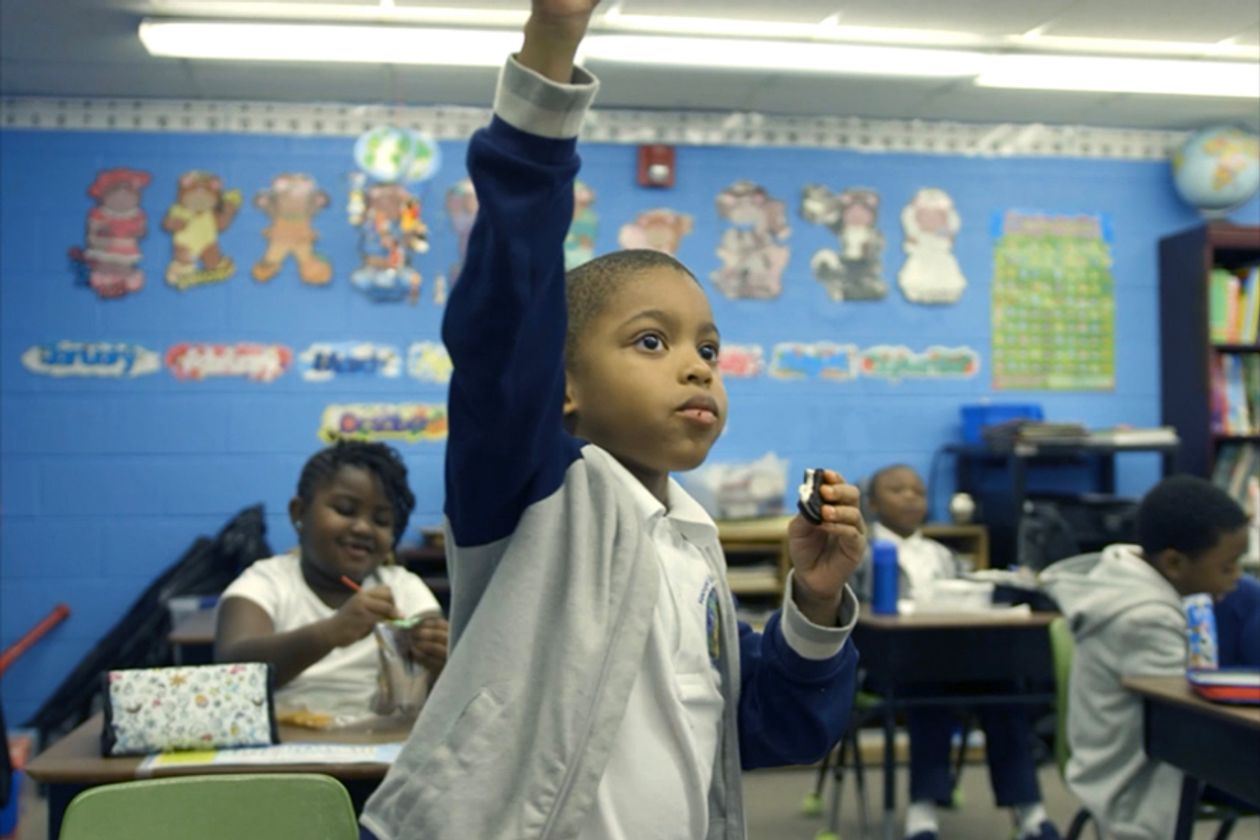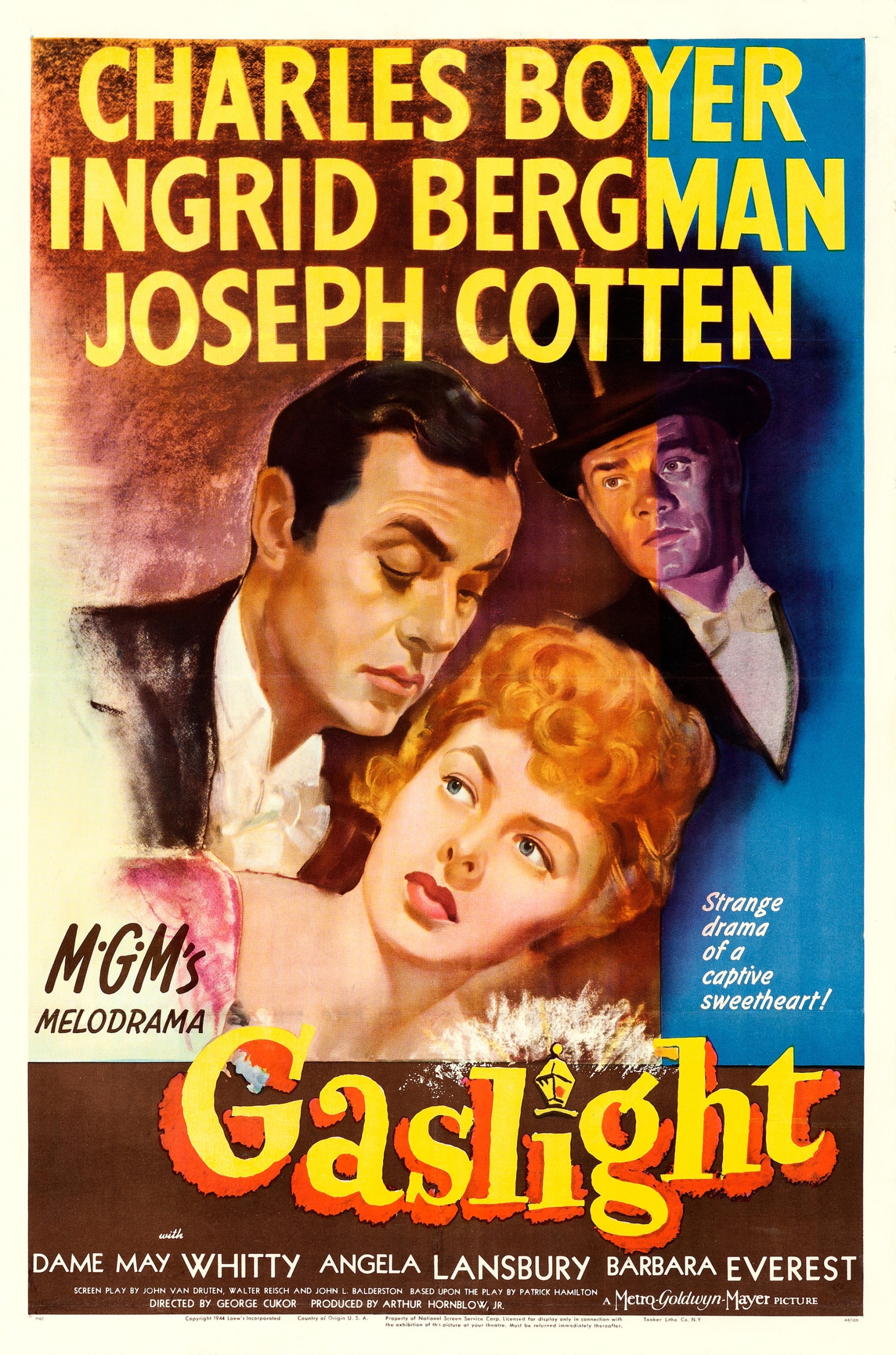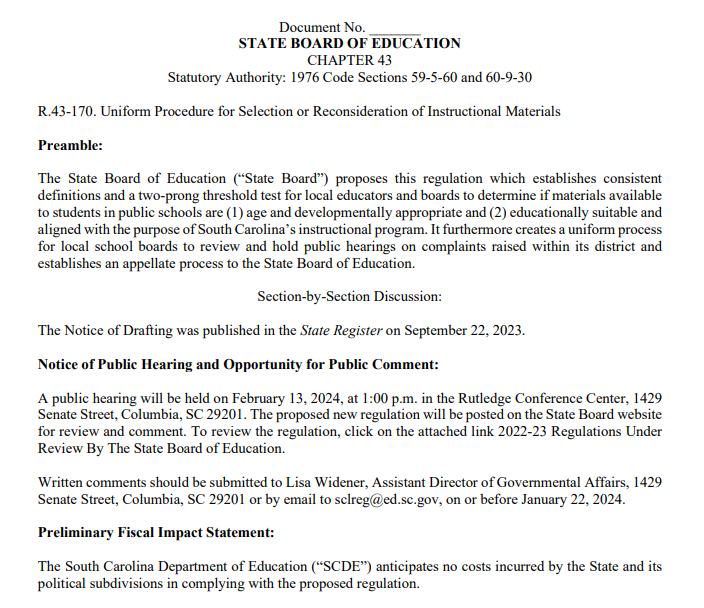People are Different. Thankfully, so are schools.

Dr. Oran Smith
People are different. Everyone has different attitudes, different motivations, different competencies, and different personalities. It does not take long before a notion of “human sameness” is recognized as far from reality.
Thankfully, as people are different, so are schools – because one size cannot fit all.
So here, in categories uniquely our own, and at the expense of purely academic pigeon-holing, is one of the most exhaustive lists of school options available to South Carolinians you will ever see:
- Public Schools: Neighborhood. This is the public school to which a child is assigned based on where he or she lives. The State Constitution guarantees a “system of free public schools” and this choice is by default the most popular in South Carolina.
- Public Schools: Special Permission. Some public school districts hold lotteries for open slots in schools other than the one to which a child is assigned, or allow students to cross attendance boundaries freely. This allows students to remain in the public school system but attend a school that is a better fit for them.
- Public Schools: Magnet. A growing group of schools are being designated Magnet Schools or have magnet programs within their walls in addition to a regular school. The “magnet” is the attraction of certain specialties in the school like STEM or fine arts. Because of high demand, Magnets often have lotteries as well.
- Public Schools: Charter. You may be interested in our VIDEO explaining how Charters work. Charter Schools are public schools that are run by a contract or a “charter.” The board of the Charter receives public funding and general oversight from the Public Charter School District of South Carolina or the local school district, but the board has wide latitude on how it runs the institution. Charters can also specialize in certain academic subjects, teaching methods or themes. Again, to be admitted to a Charter, a lottery is often required.
- Public Schools: Governor’s. South Carolina has two Governor’s Schools: The Governor’s School for Science & Mathematics in Hartsville and the Governor’s School for the Arts and Humanities in Greenville. Both have residential and summer programs.
- Public Schools: Online. VirtualSC is the online public virtual school and offers a limited variety of courses.
- Public Schools: Online Charter. There are several online charter schools as well. These are public and charter but offer an online curriculum based on the unique approach of that virtual charter.
- Private Schools: Christian Fundamentalist or Jewish Orthodox. South Carolina has a number of schools that have a faith orientation. Many of them are very conservative in that they have a strict conduct code and seek to educate children in a very specific worldview.
- Private Schools: Christian Mainline/Evangelical or Jewish Reform/Conservative. Other religious schools are less conservative in their conduct codes and teach a more diverse curriculum in the spiritual arena. The level of encouragement of diverse theological opinions can vary from school to school.
- Private Schools: Catholic. Catholic schools have been a part of education in America since the nation’s founding and the number of schools affiliated with the Bishop of Charleston are growing. Catholic schools tend to be similar to one another in basic curriculum, though every school has its own distinctives.
- Private Schools: Muslim or other faiths. South Carolina is home to a number of schools whose purpose is to teach Islam or another non-Christian religion as a part of the curriculum.
- Private Schools: Secular or Nominally Religious. There is a group of private schools, known as “prep schools” that have a less definite religious agenda or none at all.
- Private Schools: Online. There are private schools that charge tuition and teach online only.
- Home School Tier 1: “Rod and Staff.” A homeschool mom blogger is now famous for posing the question of whether Jana Duggar (of 19 Kids & Counting fame) would be an appropriate match for Heisman Trophy winner Tim Tebow. After all, they were both home educated. Her response was “No.” The reason? Duggar was “Tier 2” and Tebow is “Tier 4.” The homeschool mom went on to categorize homeschoolers into one of five distinct groups. Her first tier, the strictest, she calls “Rod and Staff” after the most popular curriculum amongst this group. This tier stresses holy living, is very patriarchal and feels that contact with secular media should be limited.
- Home School Tier 2 “Skirtwearers.” More social than Tier 1, but conservative in dress and appearance. The blogger categorizes the Duggars as “Tier 2.”
- Home School Tier 4 “Trendy.” This is where Tim Tebow is placed. Less separatist than Tier 1 or Tier 2 (he played football for a public school). More mainstream, less patriarchal, more media friendly.
- Home School Tier 3 “In Between.” This is a category that according to the blogger is hard to define, but is clearly a group distinct from both Tier 2 and Tier 4. Less free-wheeling than the Trendies but more mainstream in some areas than Tier 2.
- Home School Tier 5 “Liberals” or “Libertarians.” An interesting group. These homeschoolers generally teach at home for some reason other than the dangers of an unclean culture. There is generally no faith component. They are parents who feel they are sufficiently educated (many have Masters or Doctoral degrees) to teach their children on their own. Libertarians would be politically opposed to “government education” represented by public schools.
- Home School Online. Some homeschool parents break up the curriculum into subjects they teach their children directly and those they wish to have taught by another. The high quality of online instruction, particularly in STEM or advanced languages that can be challenging for parents, makes a complete online homeschool experience directed but not taught by a parent or a course or two each semester taught virtually a viable option for home educators. Online Home School students overlap and generally come from Home School Tiers 2-5.
- Home School: Resource Center. A Resource Center, sometimes called a “co-op,” is a central location that home school parents and their children can meet to share teaching responsibilities in the more difficult subjects, often for the same reasons that make online education appealing. Resource Center students overlap and generally come from Home School Tiers 2-5.
Note: Another way to categorize homeschools is by which option in the state law the parents choose for accountability. Option 1 is local public school district oversight. Option 2 is membership in the South Carolina Association of Independent Home Schools (SCAIHS). Option 3 is participation in an independently run home school group with a minimum of 50 participants who agree to hold each other accountable.
- Special Needs 1. This is a school that exists specifically to meet the needs of exceptional needs students with documented disabilities only.
- Special Needs 2. This is a school with a specially designed program or learning resource center to provide accommodations based on the needs of exceptional needs students.
- Special Needs 3. This is a school with no specific special education services provided but strives to make needed accommodations for exceptional needs students who struggle in academic areas.
Well, there you have it. Almost 25 categories of schools in South Carolina. Even with some overlapping categories, that’s a lot of options for Palmetto State parents, which is exciting. You can explore schools in the major categories near you by logging onto wwwMySCEduaction.org.
Next time we will look at the barriers to matching a wide variety of children this wide variety of schools, and how those barriers can be overcome.




